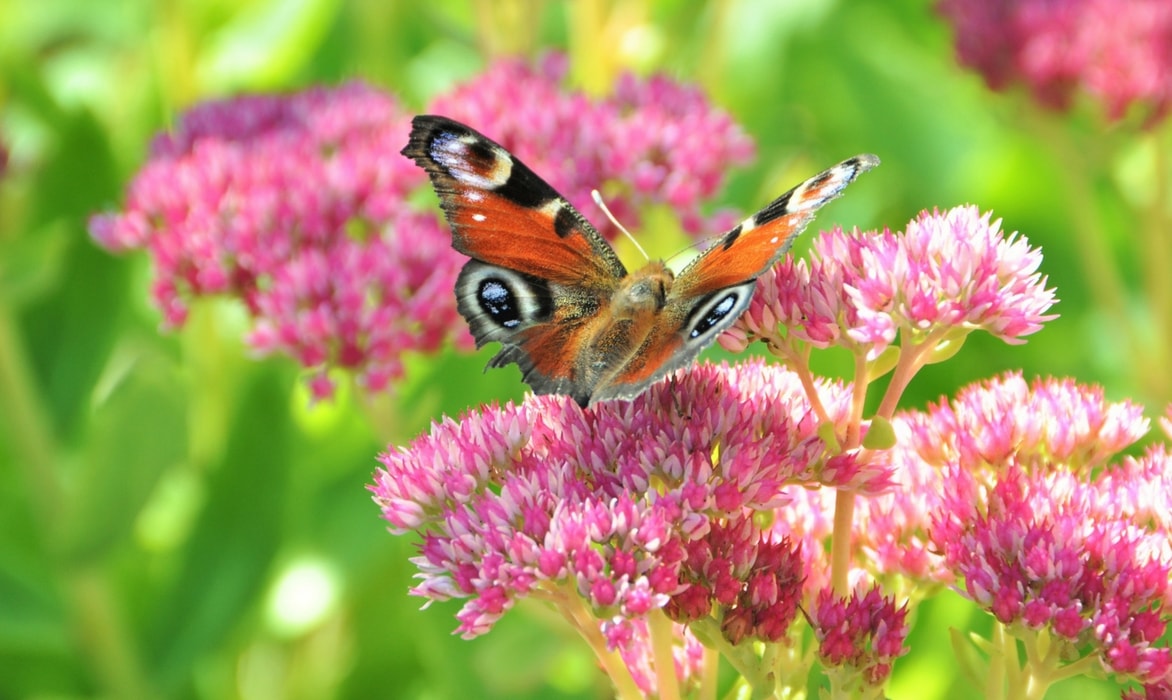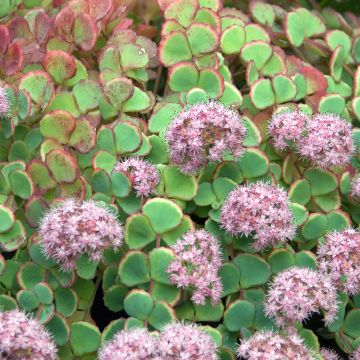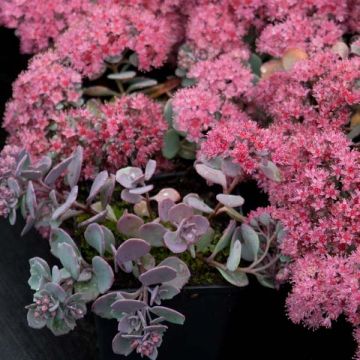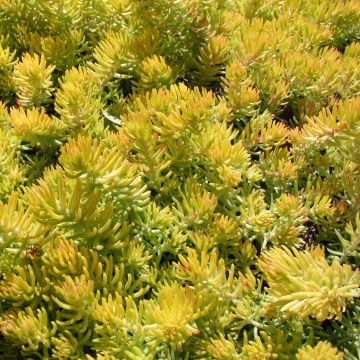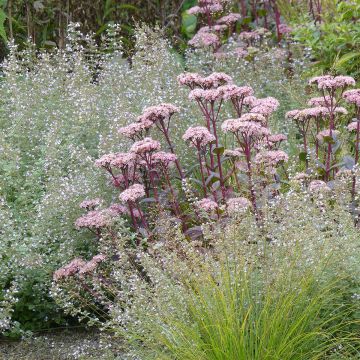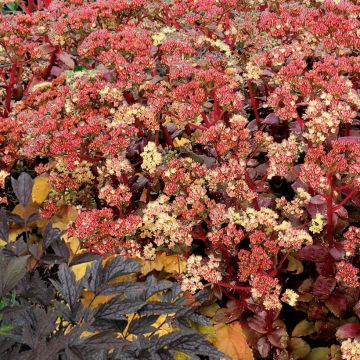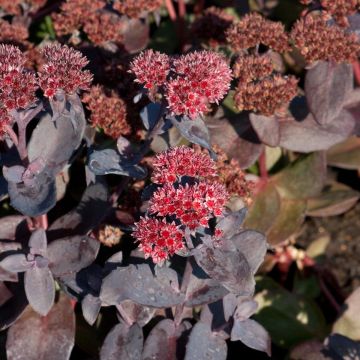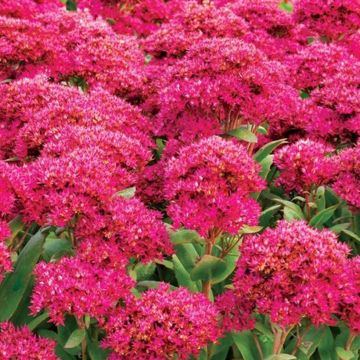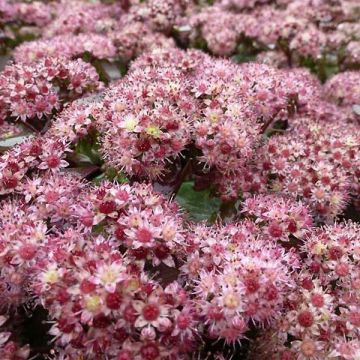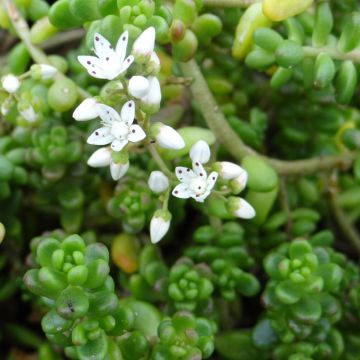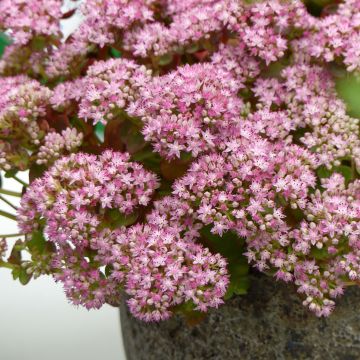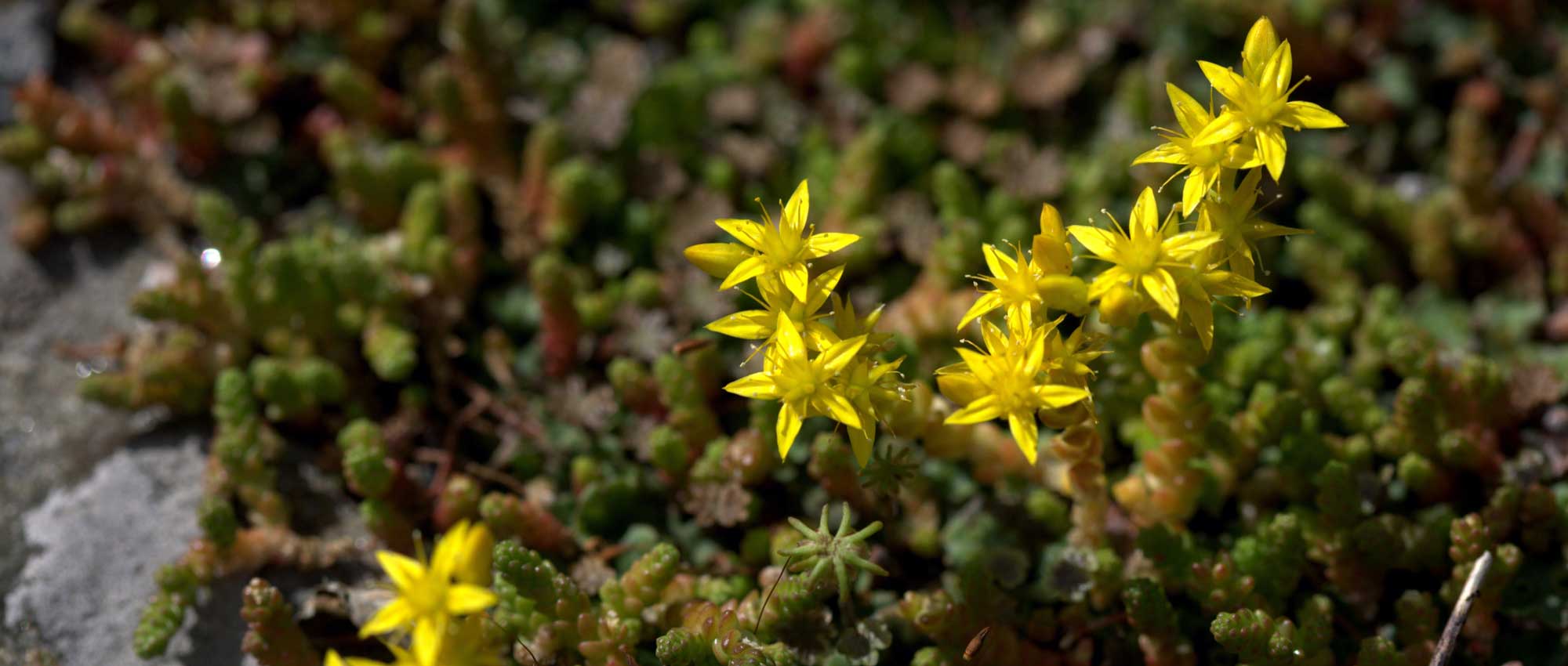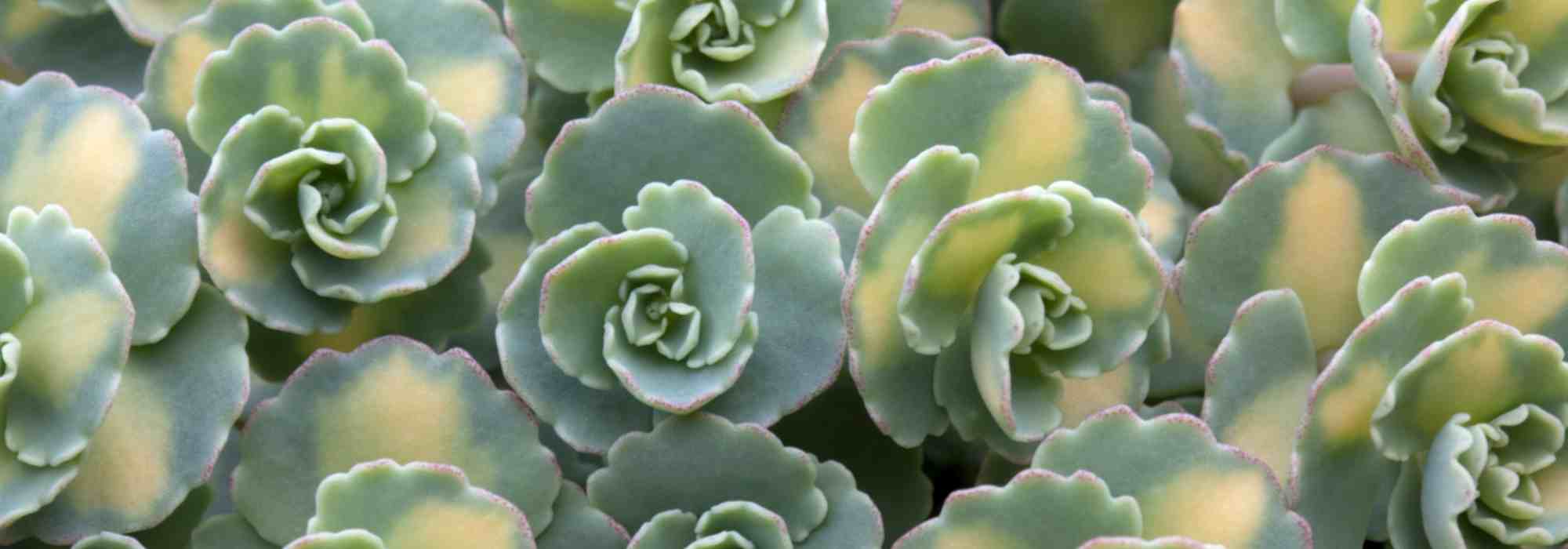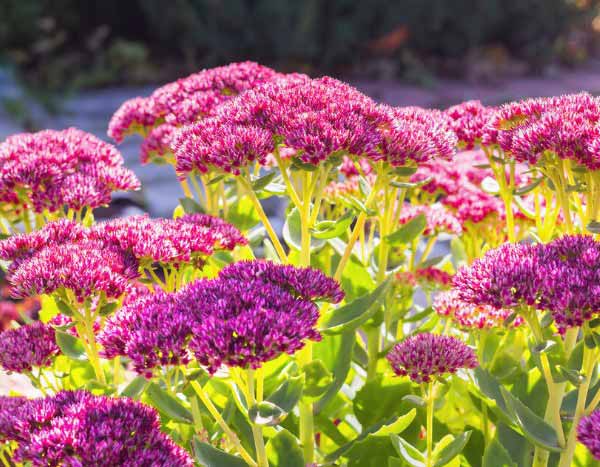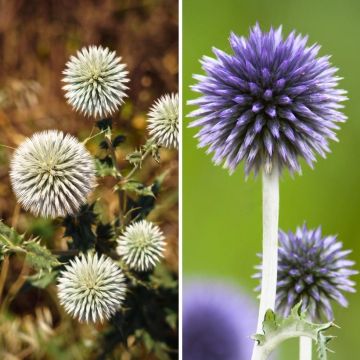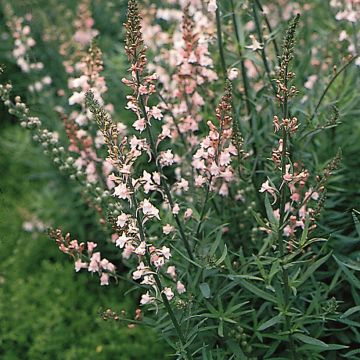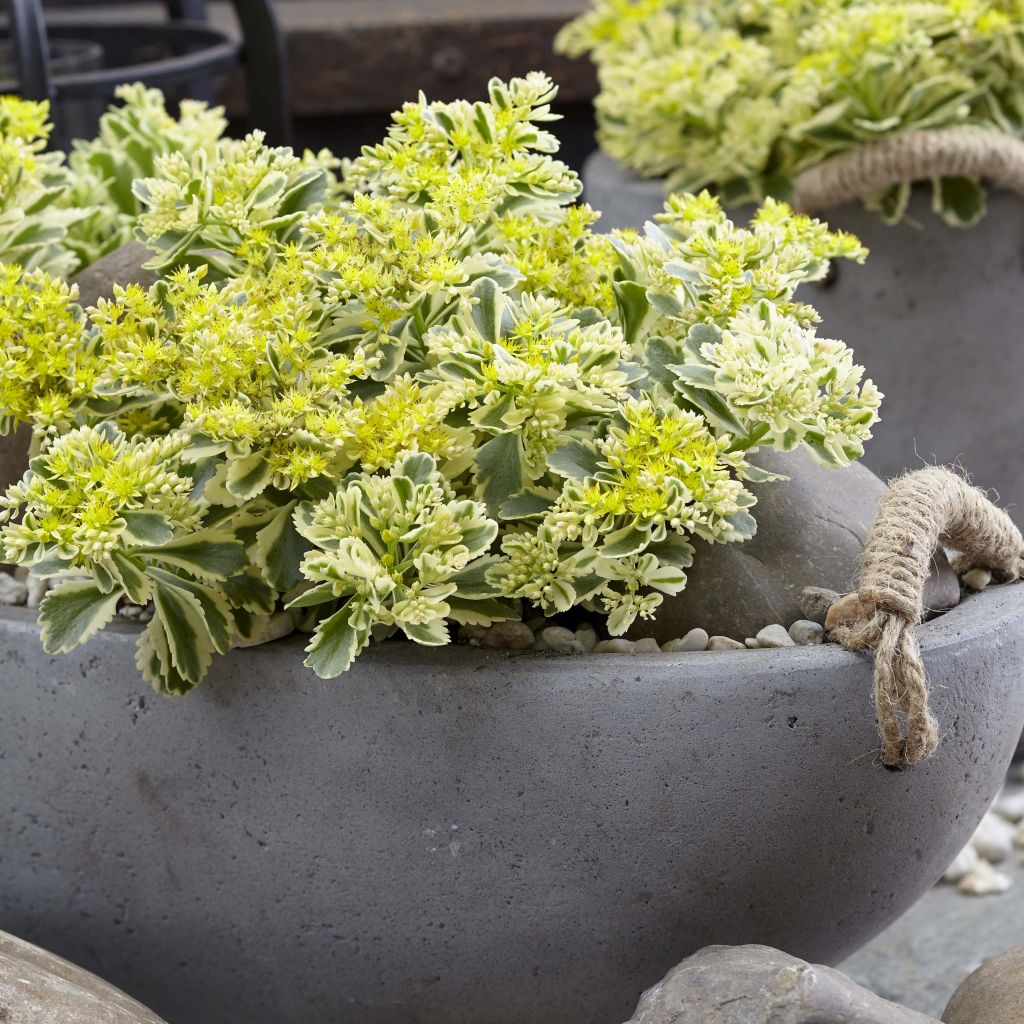

Sedum takesimense Atlantis - Stonecrop
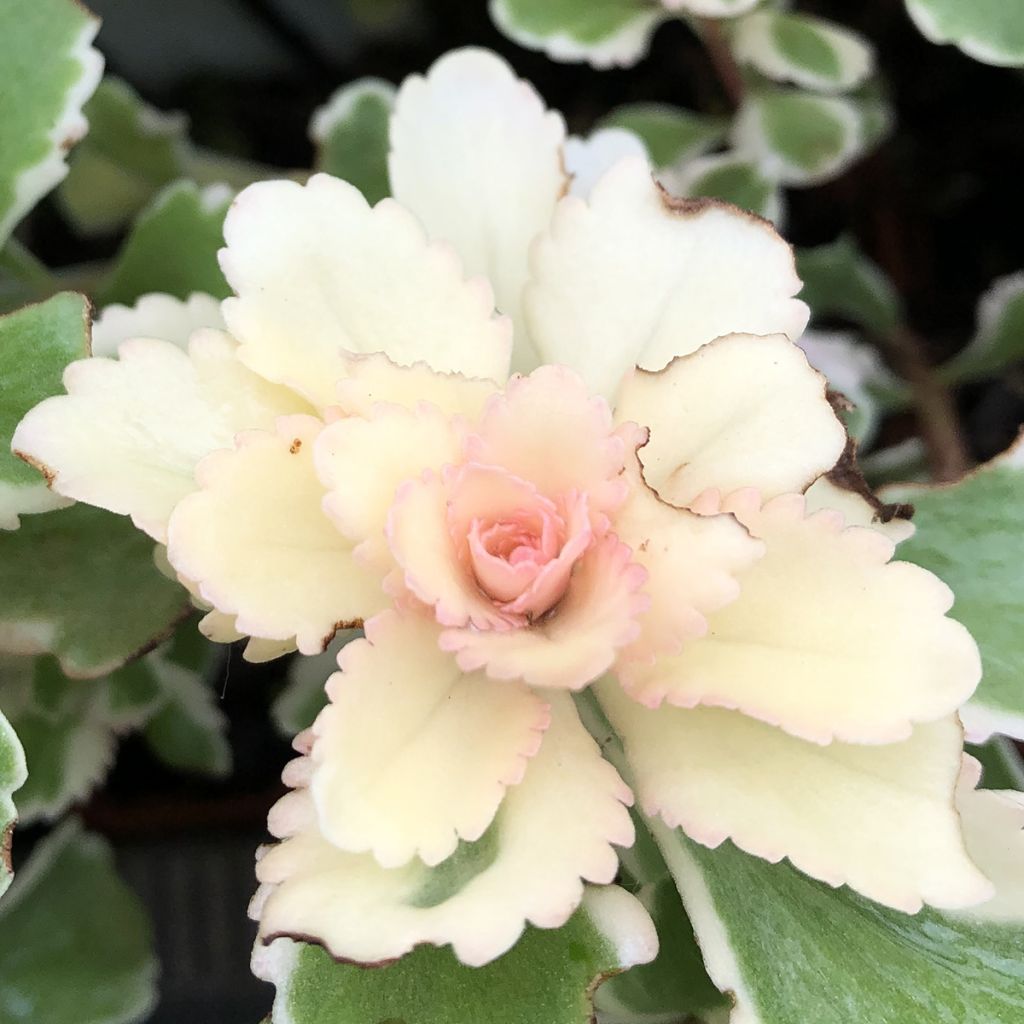

Sedum takesimense Atlantis - Stonecrop
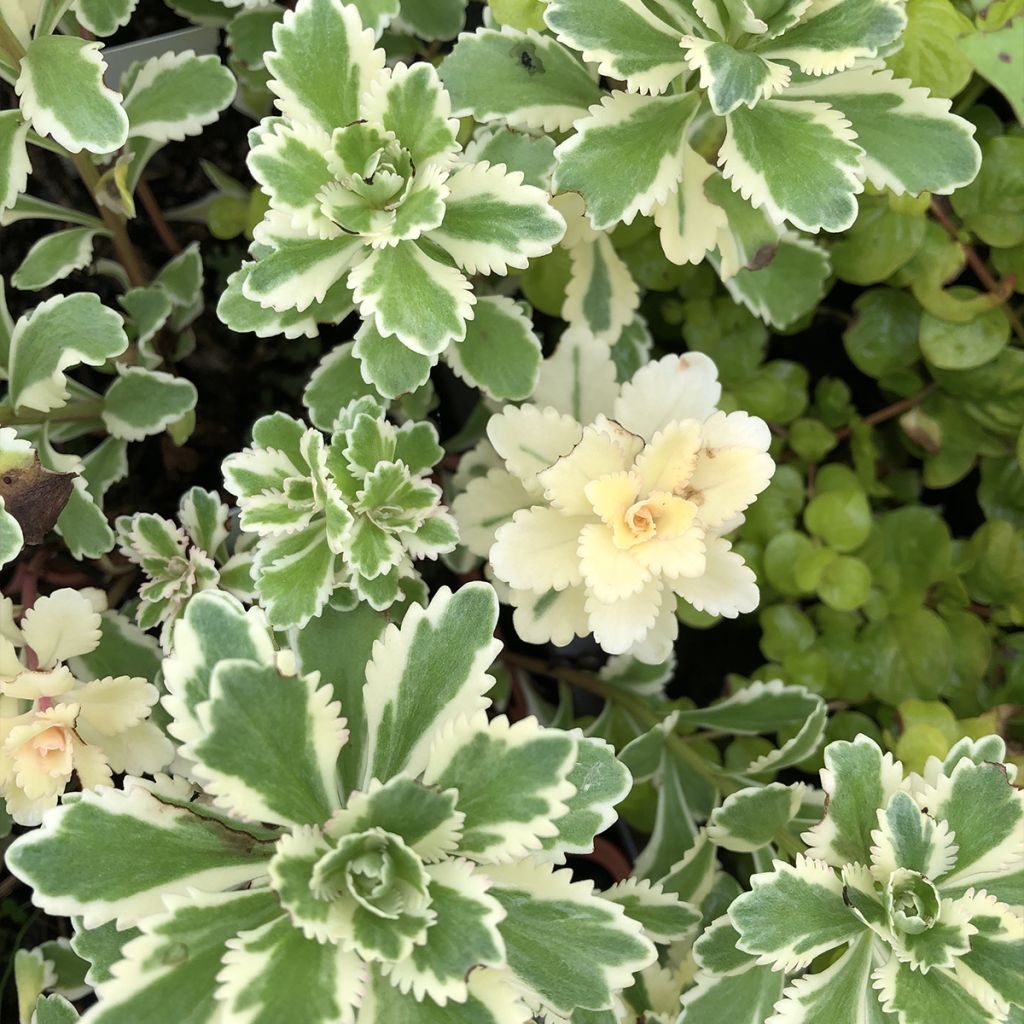

Sedum takesimense Atlantis - Stonecrop
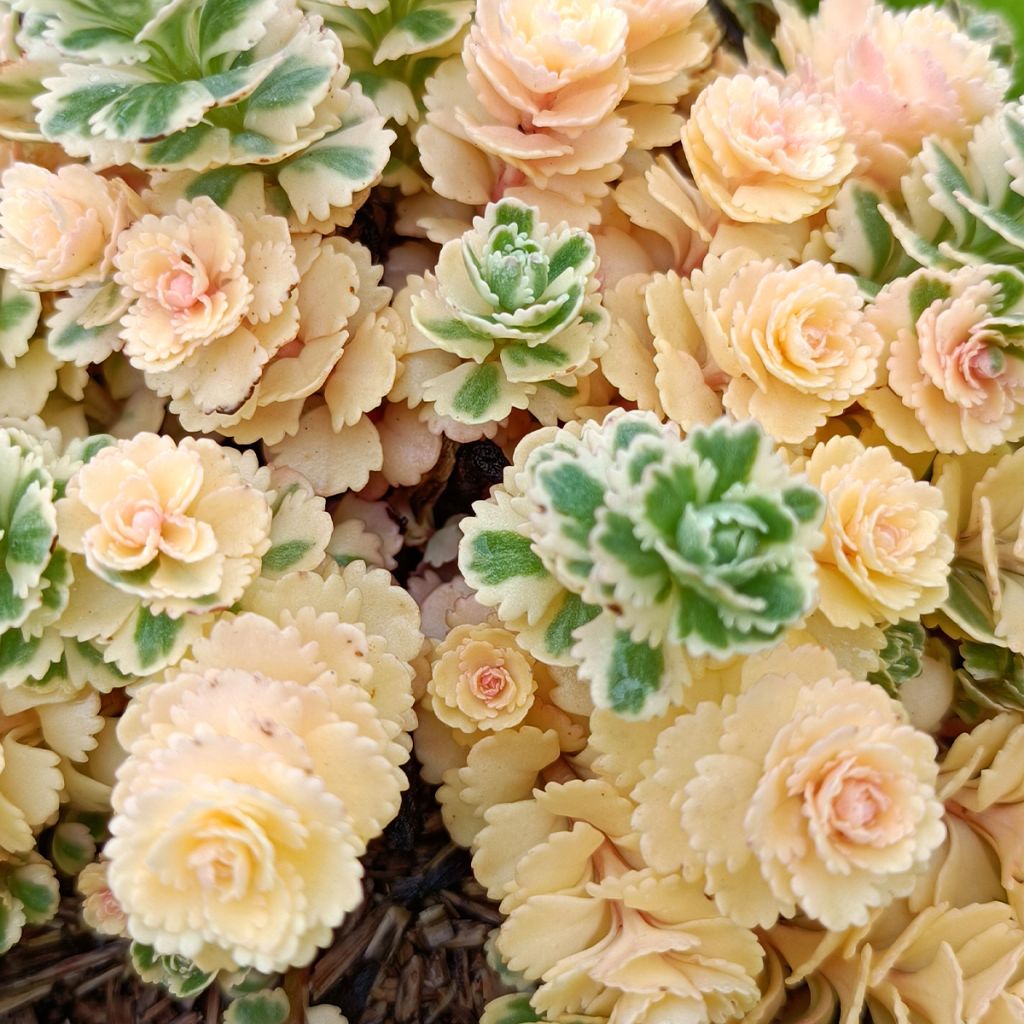

Sedum takesimense Atlantis - Stonecrop
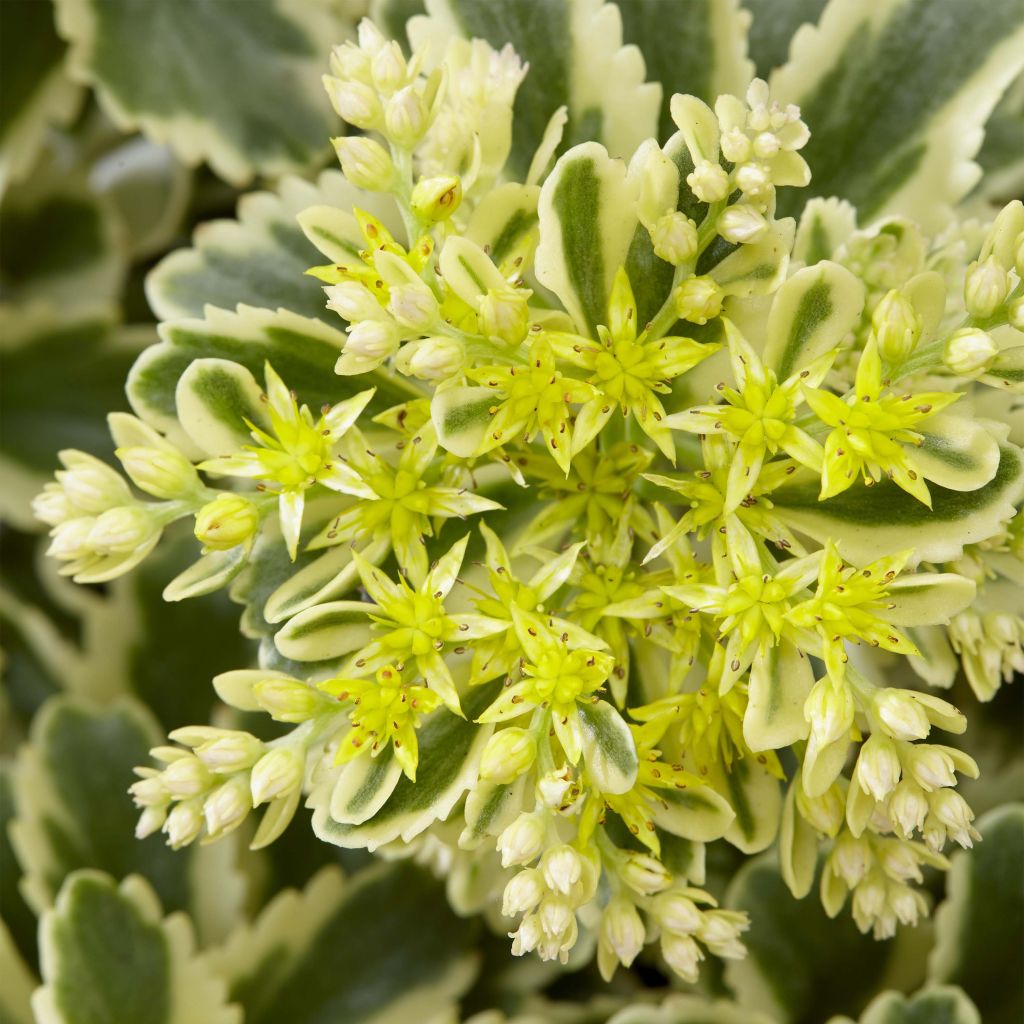

Sedum takesimense Atlantis - Stonecrop
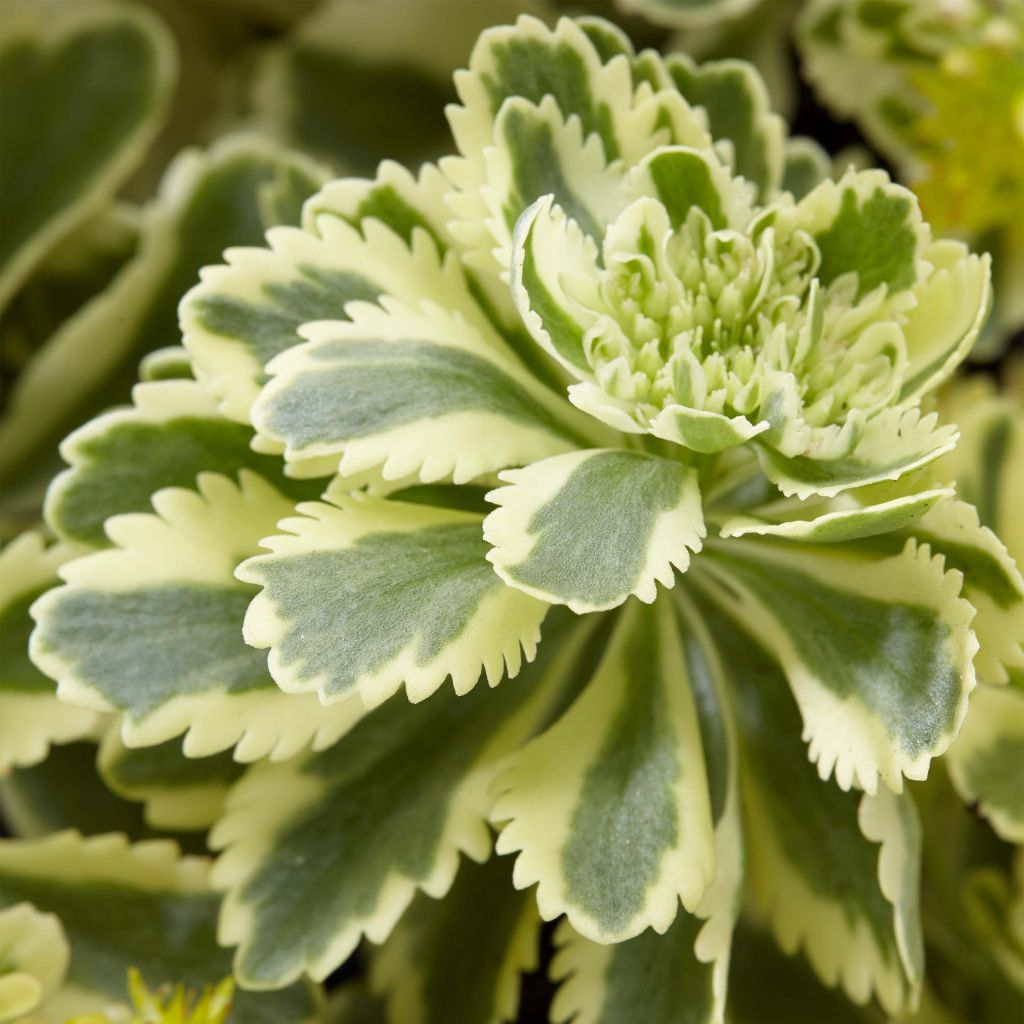

Sedum takesimense Atlantis - Stonecrop
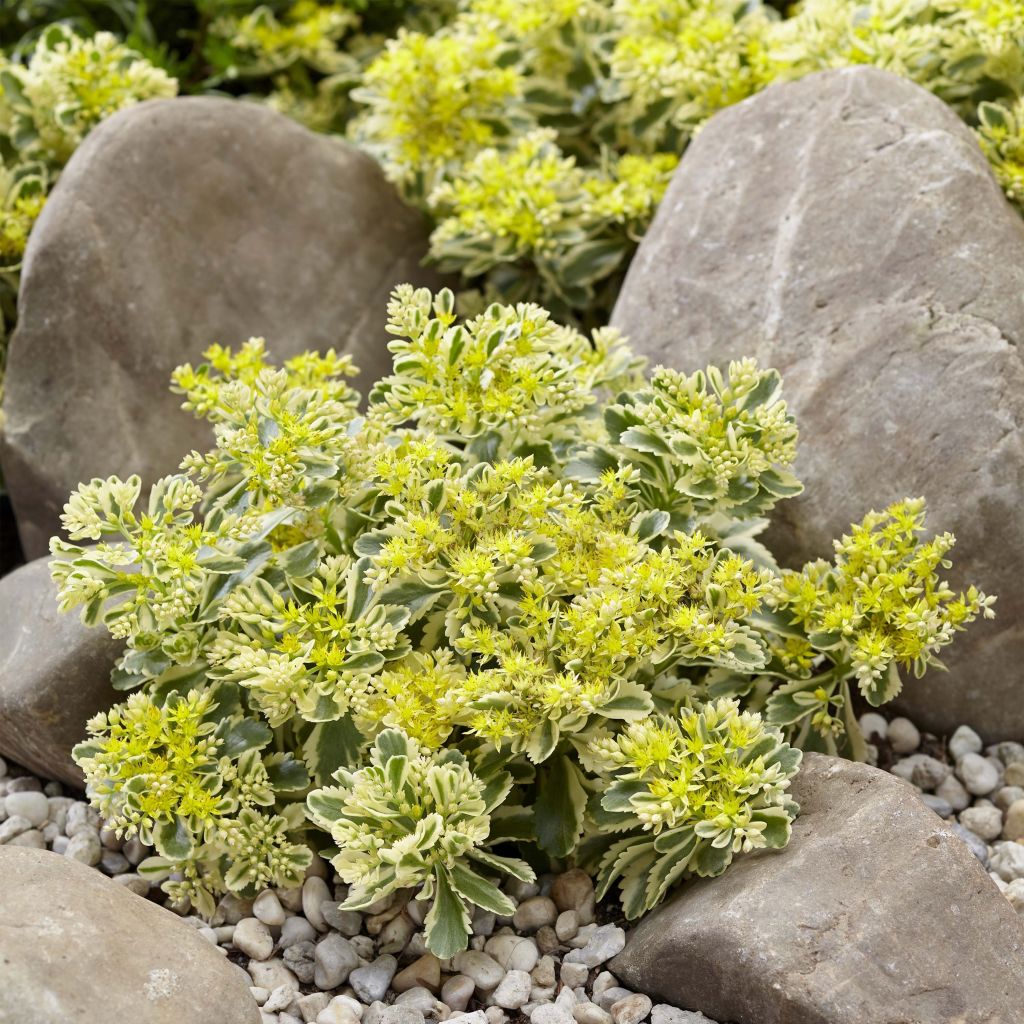

Sedum takesimense Atlantis - Stonecrop
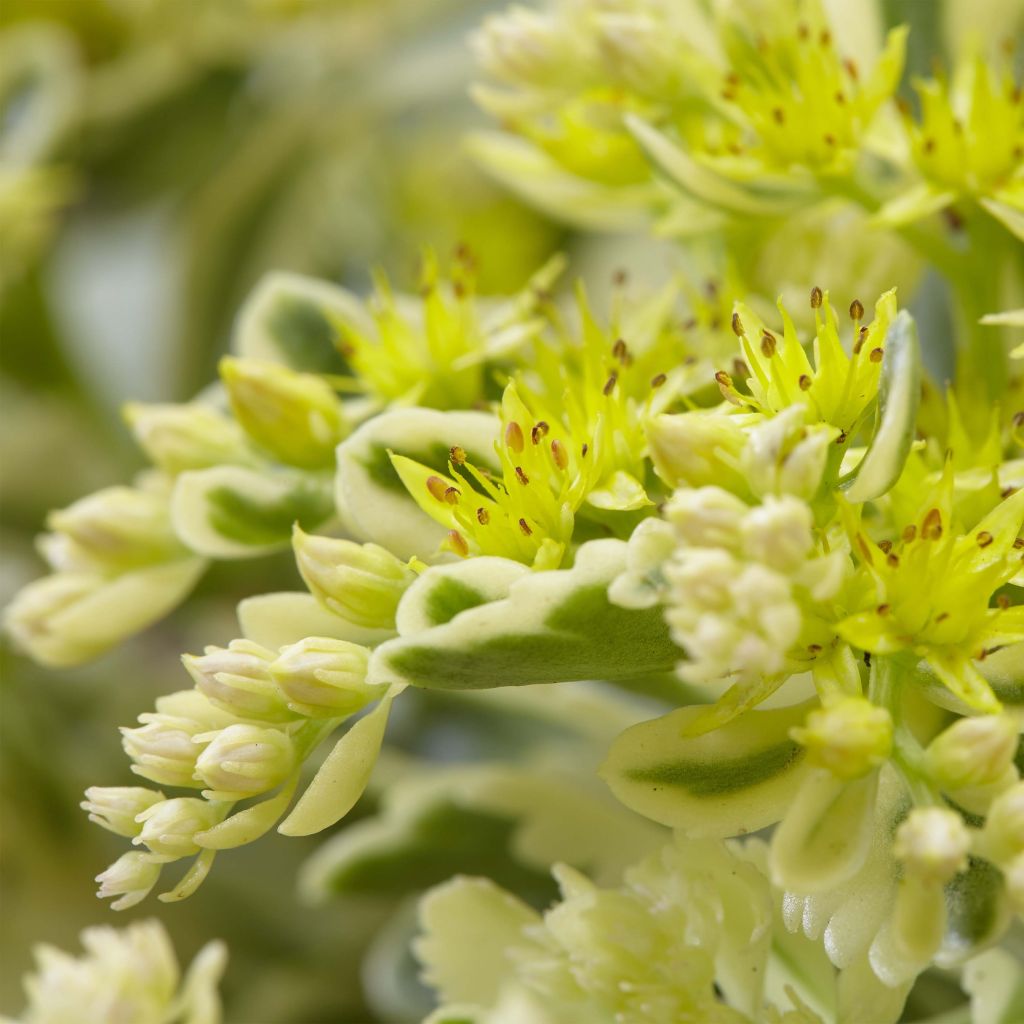

Sedum takesimense Atlantis - Stonecrop
Sedum takesimense Atlantis - Stonecrop
Sedum takesimense Atlantis
Takeshima stonecrop
Special offer!
Receive a €20 voucher for any order over €90 (excluding delivery costs, credit notes, and plastic-free options)!
1- Add your favorite plants to your cart.
2- Once you have reached €90, confirm your order (you can even choose the delivery date!).
3- As soon as your order is shipped, you will receive an email containing your voucher code, valid for 3 months (90 days).
Your voucher is unique and can only be used once, for any order with a minimum value of €20, excluding delivery costs.
Can be combined with other current offers, non-divisible and non-refundable.
Home or relay delivery (depending on size and destination)
Schedule delivery date,
and select date in basket
This plant carries a 12 months recovery warranty
More information
We guarantee the quality of our plants for a full growing cycle, and will replace at our expense any plant that fails to recover under normal climatic and planting conditions.
Does this plant fit my garden?
Set up your Plantfit profile →
Description
Sedum takesimense Atlantis, also known as Sedum 'Nonsitnal', is a truly different stonecrop. It has received three prestigious awards: the Medal of Merit at the Domaine de Chantilly in 2018, the title of Plant of the Year at the Chelsea Flower Show in 2019, and the Silver Medal at the Plantarium in Boskoop, the Netherlands, in 2019. There is so much to admire about this small, colourful, and ever-changing succulent perennial: the geometric architecture of its leaf clusters, its beautiful toothed leaves adorned with a beautiful cream border that turns pink in cold weather, its red young shoots, its pink buds, and its golden-yellow star-shaped flowers with a honey fragrance. Extremely understated, accommodating, almost indestructible, with no other requirements than well-drained soil and a bit of sun, it speaks to all our senses. It is a gem for impossible places, heathlands, dry gardens, arid banks, and even flower pots.
Sedum Atlantis (‘Nonsitnal’) descends from Sedum takesimense (synonym Phedimus takesimensis), a species endemic to the South Korean micro-archipelago composed of the Liancourt Rocks, or Dokdo Islands, better known as the Takeshima Islands in ancient texts. It is a small fleshy-leaved succulent perennial, adapted to extreme cold, poor and rocky soils, limestone, and droughts. The basal leaf rosettes persist in winter, while the stems may lose their leaves in very cold weather.
The recently introduced 'Nonsitnal' selection in the USA grows from a thick but non-trailing stump, in a dense, low and rounded clump, reaching about 12 to 15cm (5 to 6in) in height and 45cm (18in) in width, without invading the space. Its thick, brown, woody stems at the base bear clusters of tightly packed, oval-shaped leaves with regularly toothed edges. They are initially cherry red, then quickly turn dark green-grey with a wide white-cream margin. The margin turns pink in cold weather and when the day length decreases. The flowering occurs in summer, from June to August, at the tips of the stems that tend to flare out. They are plate-like inflorescences, compound corymbs of pink flower buds turning cream, which open into tiny yellow, fragrant and nectar-rich stars. The flowers are very popular with bees and butterflies. Prune the stems just after flowering to maintain a nice habit and encourage new foliage.
Stonecrops are proof that poor soil can grow beautiful specimens for places where other plants cannot live. If your soil is poor, dry, even rocky or limestone, you can still benefit from hardy perennials (they withstand temperatures below -20°C (-4°F)) that require very little maintenance and promise to animate the garden with a constant flutter of butterflies. These succulents are among the easiest to grow and offer flowers and foliage in various shades that are ideal for creating all kinds of displays, whether in borders or containers.
Sedum takesimense Atlantis boasts a fantastic range of colours that are sufficient on their own while allowing for beautiful combinations with other low-growing ground covers. For example, pair it with gold or silver baskets, the small blue flowers of perennial flax, or Geranium 'Rosemoor' or G. 'Rozanne', in not too dry soil. In a natural setting or a dry garden, combine it with stipa grasses, Carex comans 'Bronze', and small grey-leaved plants (dwarf mugworts) that often tolerate the same difficult living conditions. It is also beautiful in a container, where it will tolerate a little watering neglect.
Sedum takesimense Atlantis - Stonecrop in pictures
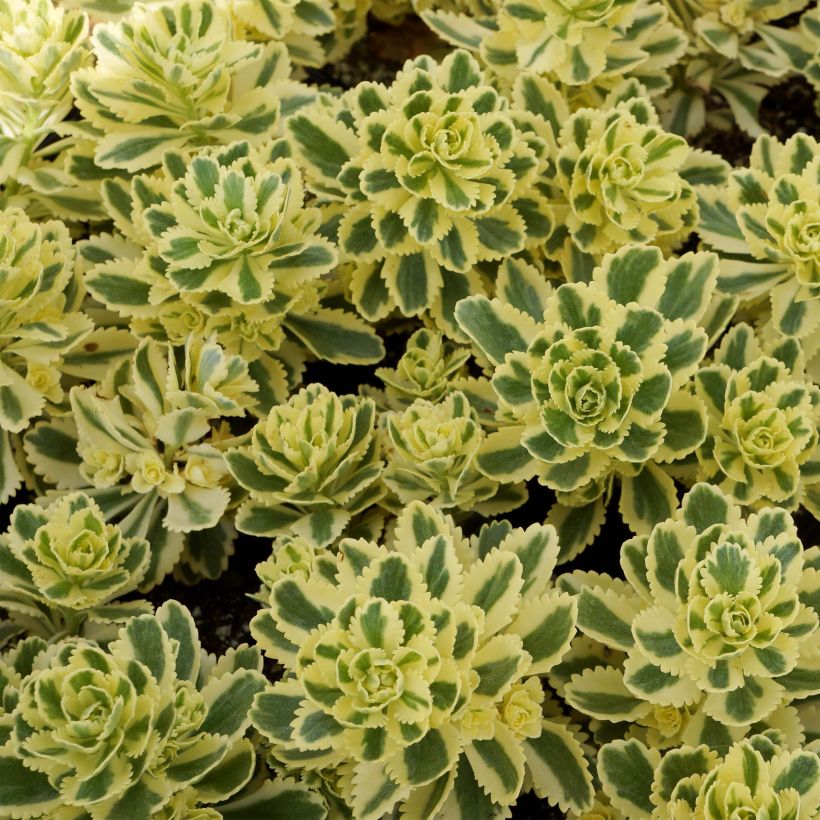

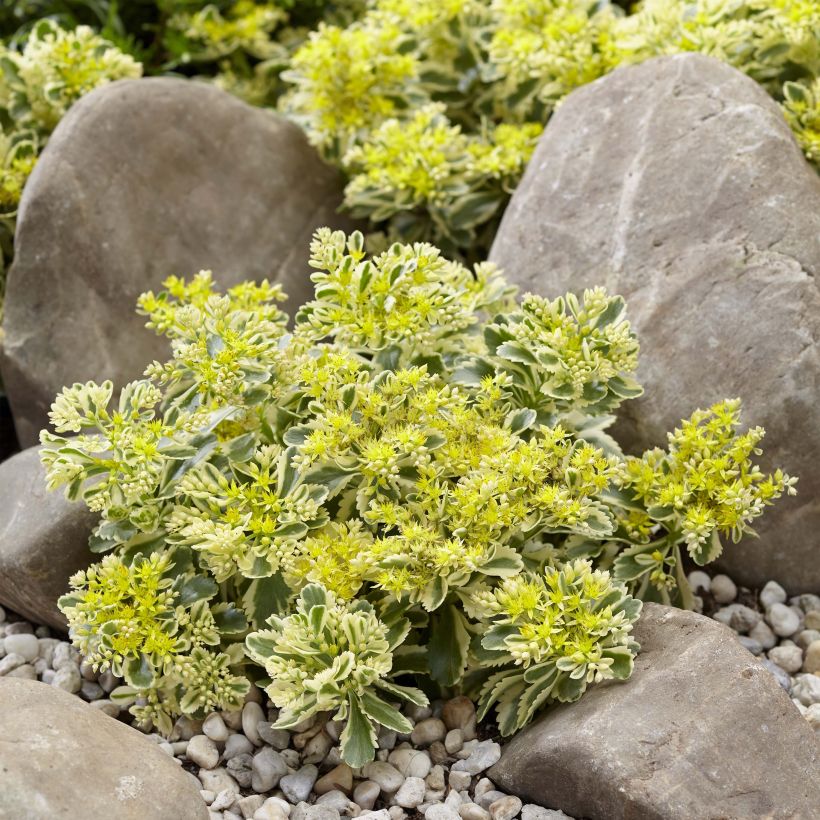

Flowering
Foliage
Plant habit
Botanical data
Sedum
takesimense
Atlantis
Grassulaceae
Takeshima stonecrop
Cultivar or hybrid
Other Sedum
View all →Planting and care
Sedums fear excess moisture, although this variety tolerates clayey and poorly drained soils quite well. Naturally comfortable in any dry, rocky, stony, or thin soil, it also tolerates moist soils, which allows for a wide range of uses. A very sunny exposure is preferable, but partial shade is tolerated in bright and hot regions. Be careful not to mix it with taller plants or overly aggressive ground covers that would deprive it of sunlight and compete with it.
Planting period
Intended location
Care
Planting & care advice
-
, onOrder confirmed
Reply from on Promesse de fleurs
Similar products
Haven't found what you were looking for?
Hardiness is the lowest winter temperature a plant can endure without suffering serious damage or even dying. However, hardiness is affected by location (a sheltered area, such as a patio), protection (winter cover) and soil type (hardiness is improved by well-drained soil).

Photo Sharing Terms & Conditions
In order to encourage gardeners to interact and share their experiences, Promesse de fleurs offers various media enabling content to be uploaded onto its Site - in particular via the ‘Photo sharing’ module.
The User agrees to refrain from:
- Posting any content that is illegal, prejudicial, insulting, racist, inciteful to hatred, revisionist, contrary to public decency, that infringes on privacy or on the privacy rights of third parties, in particular the publicity rights of persons and goods, intellectual property rights, or the right to privacy.
- Submitting content on behalf of a third party;
- Impersonate the identity of a third party and/or publish any personal information about a third party;
In general, the User undertakes to refrain from any unethical behaviour.
All Content (in particular text, comments, files, images, photos, videos, creative works, etc.), which may be subject to property or intellectual property rights, image or other private rights, shall remain the property of the User, subject to the limited rights granted by the terms of the licence granted by Promesse de fleurs as stated below. Users are at liberty to publish or not to publish such Content on the Site, notably via the ‘Photo Sharing’ facility, and accept that this Content shall be made public and freely accessible, notably on the Internet.
Users further acknowledge, undertake to have ,and guarantee that they hold all necessary rights and permissions to publish such material on the Site, in particular with regard to the legislation in force pertaining to any privacy, property, intellectual property, image, or contractual rights, or rights of any other nature. By publishing such Content on the Site, Users acknowledge accepting full liability as publishers of the Content within the meaning of the law, and grant Promesse de fleurs, free of charge, an inclusive, worldwide licence for the said Content for the entire duration of its publication, including all reproduction, representation, up/downloading, displaying, performing, transmission, and storage rights.
Users also grant permission for their name to be linked to the Content and accept that this link may not always be made available.
By engaging in posting material, Users consent to their Content becoming automatically accessible on the Internet, in particular on other sites and/or blogs and/or web pages of the Promesse de fleurs site, including in particular social pages and the Promesse de fleurs catalogue.
Users may secure the removal of entrusted content free of charge by issuing a simple request via our contact form.
The flowering period indicated on our website applies to countries and regions located in USDA zone 8 (France, the United Kingdom, Ireland, the Netherlands, etc.)
It will vary according to where you live:
- In zones 9 to 10 (Italy, Spain, Greece, etc.), flowering will occur about 2 to 4 weeks earlier.
- In zones 6 to 7 (Germany, Poland, Slovenia, and lower mountainous regions), flowering will be delayed by 2 to 3 weeks.
- In zone 5 (Central Europe, Scandinavia), blooming will be delayed by 3 to 5 weeks.
In temperate climates, pruning of spring-flowering shrubs (forsythia, spireas, etc.) should be done just after flowering.
Pruning of summer-flowering shrubs (Indian Lilac, Perovskia, etc.) can be done in winter or spring.
In cold regions as well as with frost-sensitive plants, avoid pruning too early when severe frosts may still occur.
The planting period indicated on our website applies to countries and regions located in USDA zone 8 (France, United Kingdom, Ireland, Netherlands).
It will vary according to where you live:
- In Mediterranean zones (Marseille, Madrid, Milan, etc.), autumn and winter are the best planting periods.
- In continental zones (Strasbourg, Munich, Vienna, etc.), delay planting by 2 to 3 weeks in spring and bring it forward by 2 to 4 weeks in autumn.
- In mountainous regions (the Alps, Pyrenees, Carpathians, etc.), it is best to plant in late spring (May-June) or late summer (August-September).
The harvesting period indicated on our website applies to countries and regions in USDA zone 8 (France, England, Ireland, the Netherlands).
In colder areas (Scandinavia, Poland, Austria...) fruit and vegetable harvests are likely to be delayed by 3-4 weeks.
In warmer areas (Italy, Spain, Greece, etc.), harvesting will probably take place earlier, depending on weather conditions.
The sowing periods indicated on our website apply to countries and regions within USDA Zone 8 (France, UK, Ireland, Netherlands).
In colder areas (Scandinavia, Poland, Austria...), delay any outdoor sowing by 3-4 weeks, or sow under glass.
In warmer climes (Italy, Spain, Greece, etc.), bring outdoor sowing forward by a few weeks.






























